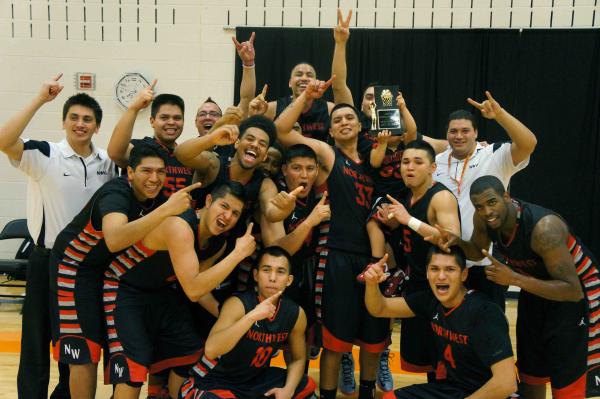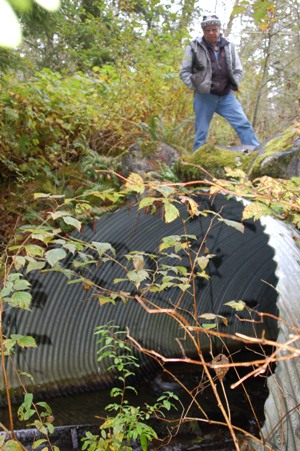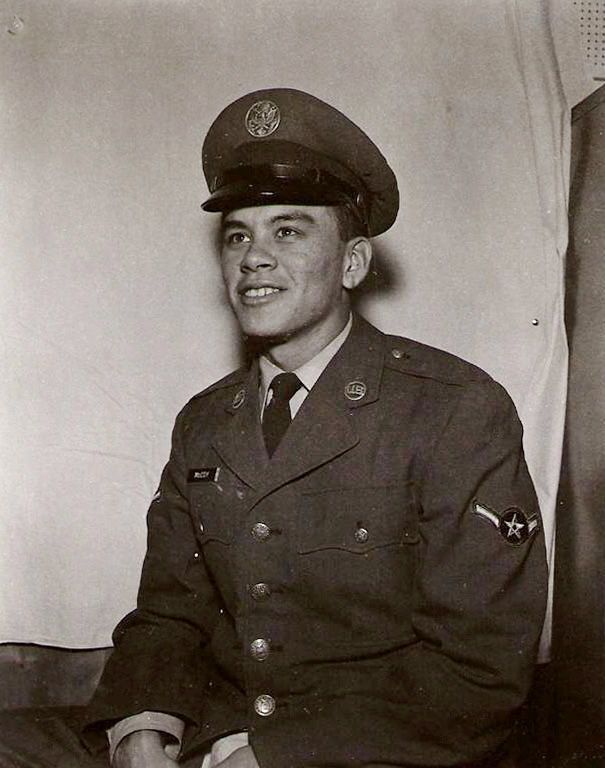Source: Native News Network
GENEVA, SWITZERLAND – Representatives from the Global Indigenous Peoples Caucus have convened in Geneva, Switzerland to make the final push for the inclusion of Indigenous Peoples in the United Nations global mercury treaty.

The final, weeklong negotiating session initiated on Sunday, January 13.
The Caucus is a collaboration of Indigenous representatives from the Inuit Circumpolar Council, Island Sustainability Alliance Cook Islands Inc., International Indian Treaty Council, and the California Indian Environmental Alliance.
Methylmercury is a neurotoxin found in fish and other marine animals. Fish are one of the main sources of protein, and also serve social, cultural and spiritual purposes in many Indigenous communities. Indigenous Peoples disproportionately suffer the adverse effects of mercury contamination, yet they are not specifically mentioned in the current draft of the mercury treaty text.
“I am honored to have the opportunity to advocate on behalf of Indigenous Peoples in Geneva and look forward to engaging in meaningful dialogue with the country delegates about our priorities,”
said Jacqueline Keliiaa, Vice President of the Board of Directors for the California Indian Environmental Alliance.
“Our communities back home are continually affected by mercury exposure left over from the California gold rush. We deserve a strong treaty that is inclusive of our distinctive status as Indigenous Peoples.”
New studies show that even low-level exposure to mercury contamination over long periods of time may considerably impair health. Indigenous Peoples must be included in the text to ensure that the treaty provides appropriate protections so we can practice our cultures and life-ways without the threat of mercury in our lands, waters, foods or in the bodies of our children.
“The International Indian Treaty Council calls upon all UN agencies and UN member States to implement and follow up on the UN Declaration on the Rights of Indigenous Peoples as the internationally accepted minimum standard adopted by the UN General Assembly and now endorsed by all States including the US and Canada.”
“The Declaration recognizes Indigenous Peoples as “Peoples” and not “populations”, and affirms a number of inherent rights that are directly impacted by mercury contamination including rights to health, subsistence, culture and the rights affirmed in Nation to Nation Treaties,”
said Andrea Carmen, Executive Director of the International Indian Treaty Council.
The National Congress of American Indians, the oldest and largest American Indian and Alaska Native organization in the United States has also joined the effort for Indigenous inclusion.
On January 10, the National Congress of American Indians adopted a resolution calling for the United States government to propose treaty text recognizing the impacts of mercury on Indigenous Peoples.
“We are honored and pleased that the National Congress of American Indians recognizes the severe impacts that mercury has had on Native Peoples, our homelands, and our sources of sustenance,”
said Tia Oros Peters, Executive Director of the Seventh Generation Fund, a key supporter of the resolution.
The mercury treaty is amongst the first multilateral environmental treaties to be negotiated since the adoption of the United Nations Declaration on the Rights of indigenous Peoples in 2007. This is a unique opportunity for the international community and the United Nations system to abide by the standards set out in the UN Declaration, including the recognition of Indigenous Peoples as “Peoples” and not “populations”, as well as the implementation of rights related to environment, health, culture, foods, amongst many others.












